Our three-month stay in Bali was filled with ups and downs. It was hard for us to give this place a fair chance because there were many things we simply didn’t expect. Maybe it will help you to know these things before you travel to Bali for the first time. Here is what I would have wished to know before.
Level of Attractiveness
Do You think beautiful foreigners are in Bali? Then you haven’t seen the Balinese people! I didn’t get out of the amazement during the first days. I think the general level of attractiveness here is way above average.
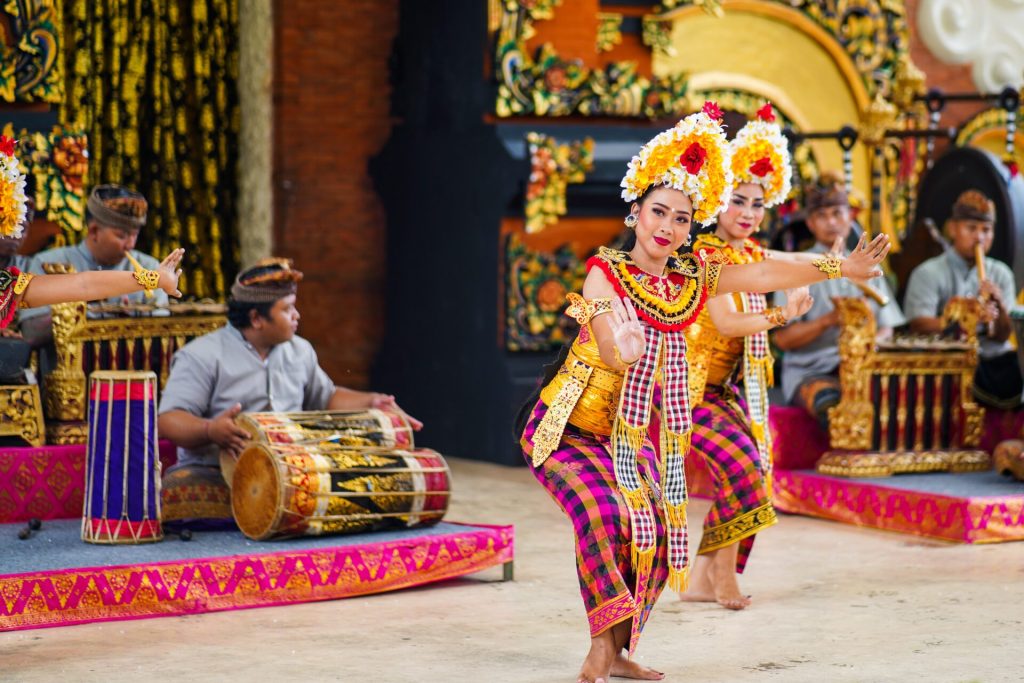
Bad, Worse, Bali Traffic
The traffic in certain areas is terribly bad and comparable to the traffic in big Vietnamese cities (those who know know). Choose when to travel through busy areas. Otherwise, it costs you a lot of lifetime and nerves.
When adopting the Digital Nomad lifestyle and finding yourself in areas notorious for congestion, strategic planning becomes essential. Choosing the right times to travel through busy areas can make a significant difference in preserving both your time and sanity.
Consider adjusting your schedule to avoid peak traffic hours, if possible. Whether it’s planning your work hours around the typical rush periods or scheduling outings during off-peak times, being mindful of the ebb and flow of local traffic patterns can help you navigate these areas more efficiently.
The goal is not just to save time but also to minimize stress and frustration. Traffic jams, especially in densely populated areas, can take a toll on your nerves. By strategically planning your movements and choosing when to traverse busy areas, you can optimize your nomadic experience and maintain a better balance between work and leisure.
Unreal Tourist Masses
Unfortunately, the overcrowding everyone is talking about is real and destroys many beautiful places and natural wonders. Try to visit popular places at unpopular times, like, for example, early in the morning. I think this place is lost in tourist masses at any time of the day.
To navigate this challenge as a Digital Nomad, consider adopting a strategy of visiting well-known places at unconventional times. Early mornings often offer a quieter and more serene atmosphere, allowing you to appreciate the beauty of a location without the crowds. The tranquility of dawn can provide a unique perspective, allowing you to connect with the surroundings on a more personal level.
A prime example of this approach is showcased in my Reel about Mount Batur. This breathtaking location, while often engulfed in tourist masses throughout the day, transforms into a tranquil haven early in the morning. By choosing off-peak times for your explorations, you not only avoid the hectic crowds but also capture the essence of these places in a way that is often lost during peak hours.
This intentional scheduling not only enhances the quality of your experiences but also contributes to the preservation of these natural wonders. By spreading visitation across different times of the day, you play a role in mitigating the impact of overcrowding and help maintain the integrity of these awe-inspiring locations for generations to come.
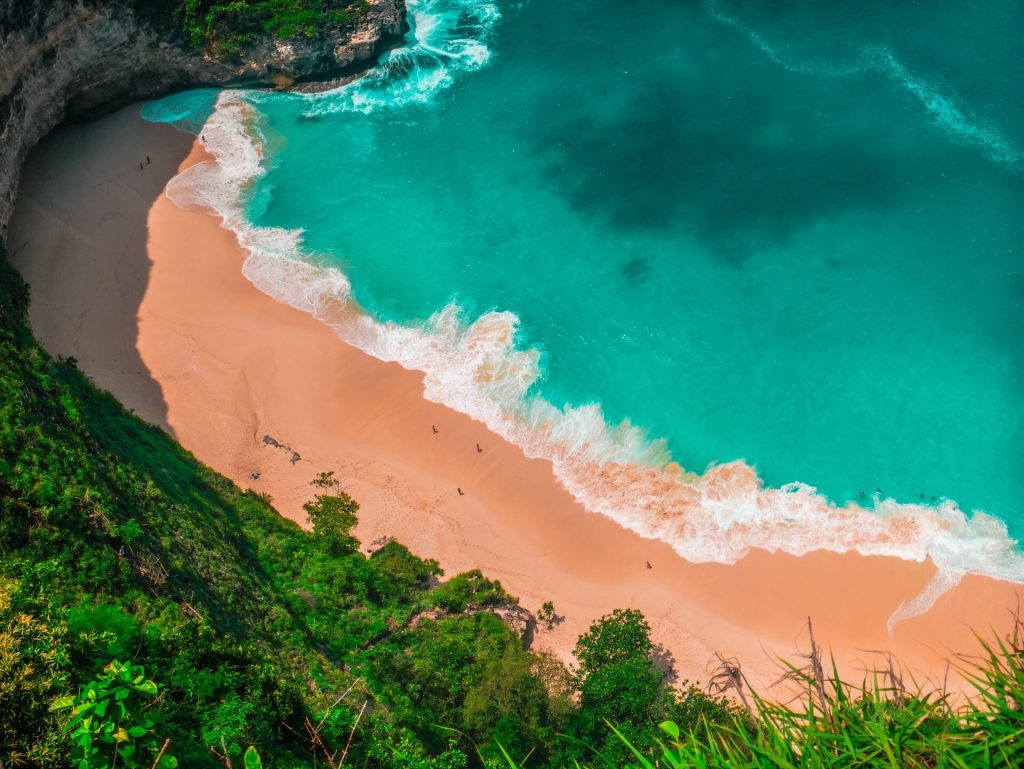
Incredible Balinese Service
The Balinese people are the most service-oriented people I know (and that comes from someone who lived in Thailand for the past years). Enjoy this pampering and lean back, even if it takes longer sometimes.
One of the joys of being in Bali is the opportunity to immerse yourself in this unparalleled service culture. The Balinese people have a genuine and sincere approach to hospitality, making visitors feel not just welcome but truly cherished. This genuine warmth extends to various aspects of daily life, from interactions in local markets to experiences in hotels and cafes.
It’s important to savor and appreciate this pampering, even if it occasionally takes a bit longer than what you might be accustomed to. The Balinese people prioritize creating meaningful connections and ensuring the well-being of those they serve. So, lean back, relax, and allow yourself to be enveloped in the graciousness of Balinese hospitality.
Strange Tourist Crowds
Every place attracts different kinds of people, that’s for sure. In Bali, you will find many spiritual seekers in Ubud, surfers in Uluwatu, and Digital Nomads in Canggu. But never before have I seen so many people across the board who were obviously there just to take photos. The proportion of, let’s call them “fashionistas” (male and female), is just insanely high.
These individuals, both male and female, seem to have a keen focus on aesthetics and capturing visually appealing moments. The prevalence of people seemingly there just to take photos has reached an unusually high proportion. The allure of Bali’s picturesque landscapes, cultural settings, and vibrant atmosphere has turned the island into a sought-after backdrop for photo enthusiasts seeking the perfect shot for their social media feeds.

Food Prices
It’s no secret that local food is very low-priced in Asian countries. But what we noticed in Bali: Western food is also very affordable. Example: A smoothie bowl in a fancy international cafe only costs about 5 euros, while in Thai hotspots, it costs at least twice, if not more.
The ominous Bali Belly
The Bali belly is not only real, it is inevitable. People previously warned against unpeeled fruits, meat, fish, and street food. But even we, who have lived in Asia for a long time and are vegetarians, got the Bali Belly. My tip: Go to the doctor quickly and get a prescription. With the right medicine, it will be gone in no time.
In the unfortunate event of succumbing to the Bali belly, swift action is crucial. It is advisable to seek medical attention promptly and obtain a prescription for the appropriate medication. Fortunately, with the right treatment, the symptoms can be alleviated swiftly, allowing you to resume your travels and enjoy the beauty of Bali without the lingering discomfort.
Local Childcare
In terms of childcare, the island has been the best place for us as a family so far. Not only have we had the warmest, well-trained, and most energetic nannies, but the local schools have also been incredibly good and affordable. There are certainly great international schools and teachers, but for us, it was perfect to go local.
The local nannies have been more than caregivers; their warmth and energy have created a nurturing environment for our family. Their dedication and genuine care have made the transition to life in Bali smoother and more enriching for both parents and children.
Moreover, the local schools on the island have proven to be incredibly good and affordable. While there are excellent international schools and teachers, the decision to opt for local education has been perfect for our family. The local schools not only offer a high standard of education but also provide an opportunity for our children to immerse themselves in the Balinese culture and community.
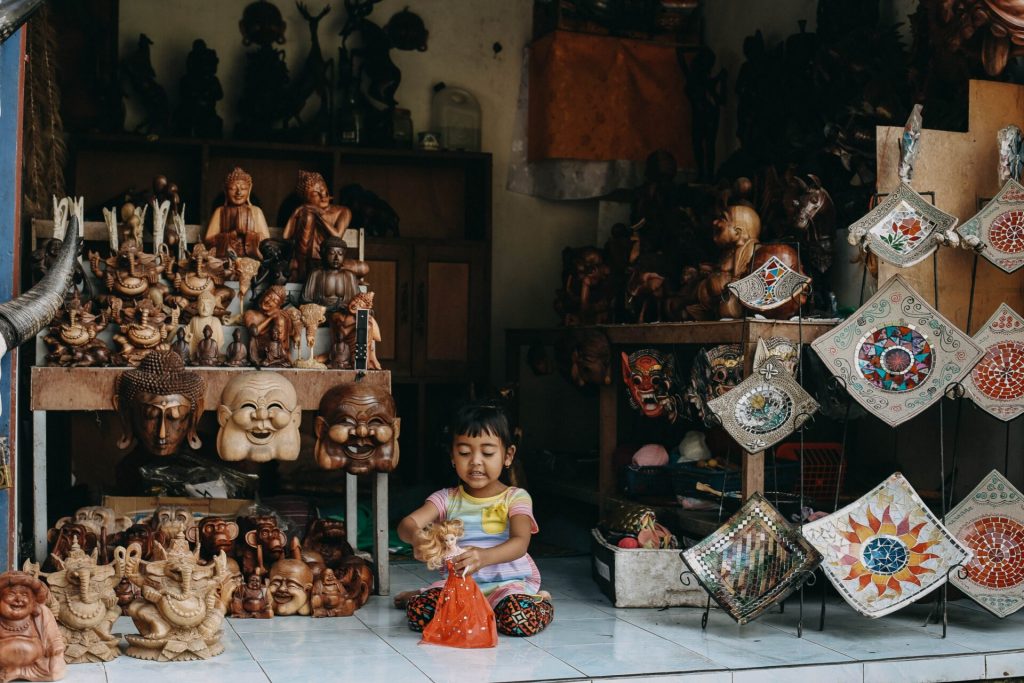
Have you been to Bali? What are your experiences? Let me know in the comments!
Thank you for reading and for making me part of your day! Yours, Lulu


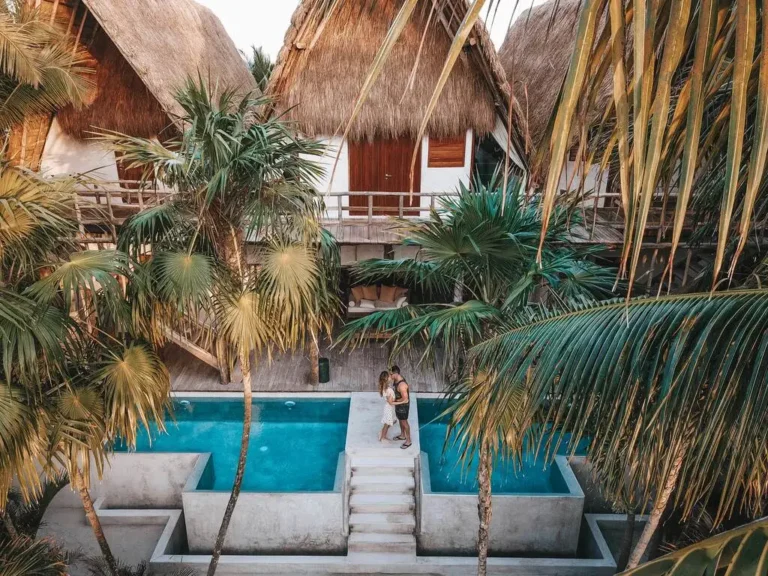
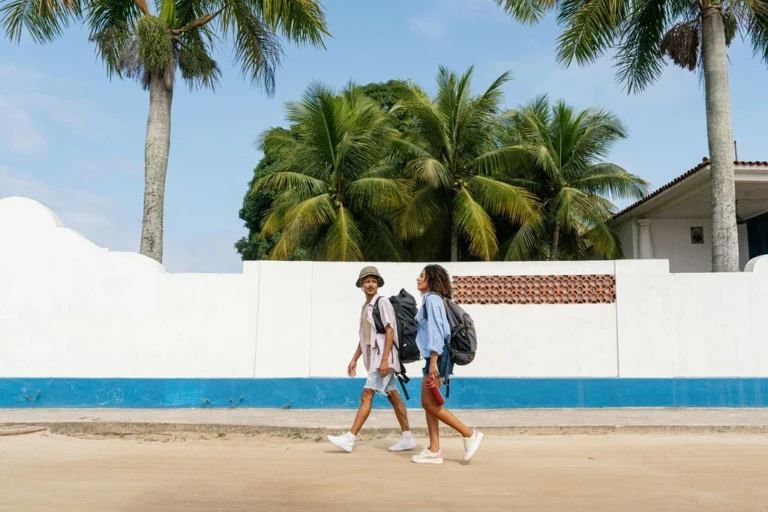

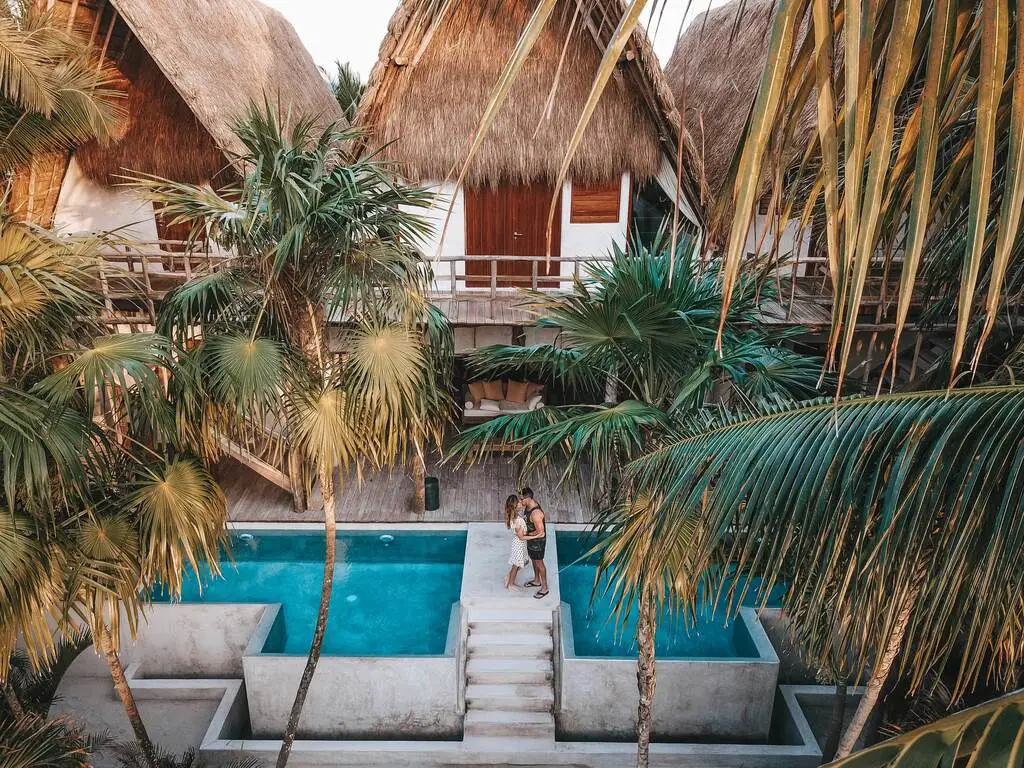
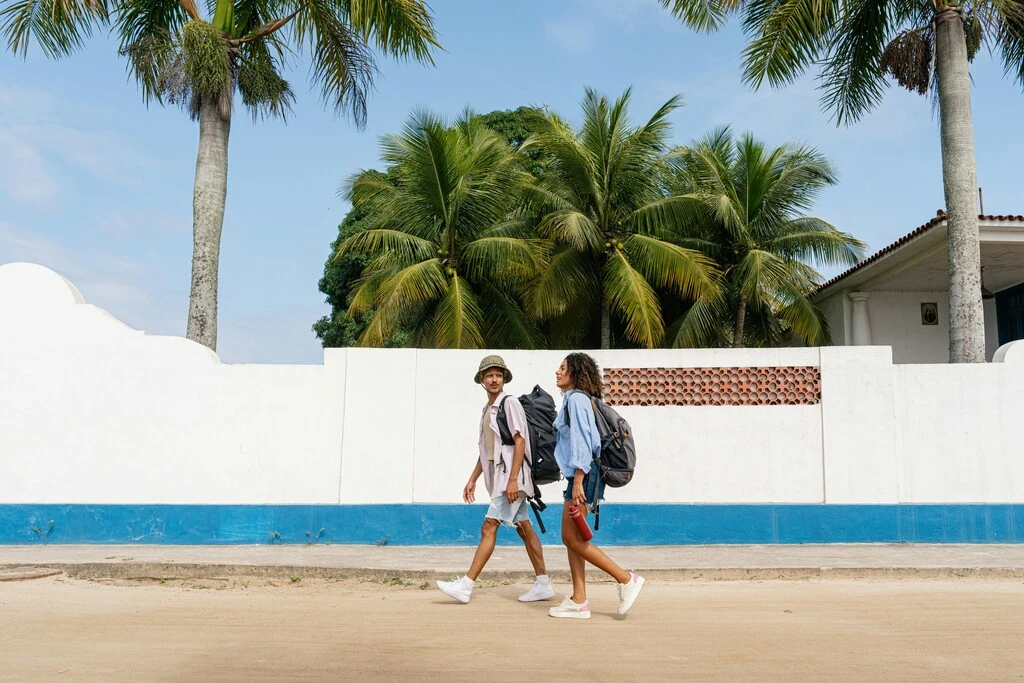
2 Responses
Hi how did you find a good nanny and what do you mean with local schools? Indonesian schools in Indonesian language ?
Hi Sandi, thank you for your questions. I first contacted a nanny agency with great reviews (Baliangel holiday baby sitter) and later, when we moved from Ubud to Canggu, we hired a trusted nanny of close friends. If you need Phone numbers, please contact me via the contact form here, as I don’t wanna post their numbers in the comments. 😉 Regarding the school: By “local school” I mean a school, owned by local Balinese people (former teachers of an international school). The students were 90% local kids and 10% foreigners. They spoke english and balinese with the children. So it wasn’t a classical expensive international school like wood school, green school etc. I hope I could answer your questions. Greetings from Thailand!